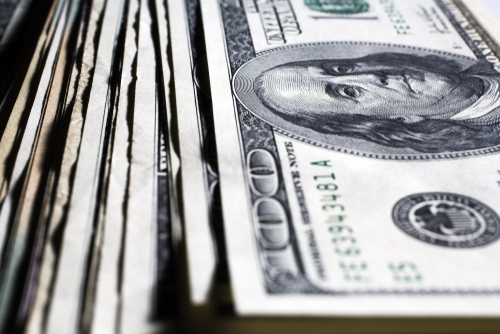
Monetary Policy & Inflation | US

Monetary Policy & Inflation | US
US CPI rose +6.5% YoY in December – its smallest rise since October 2021. Slowing inflation dragged US treasury yields lower with US 10Y yields hitting levels last seen in December 2022 while US 2Y yields hit their lowest level since October 2022.
This article is only available to Macro Hive subscribers. Sign-up to receive world-class macro analysis with a daily curated newsletter, podcast, original content from award-winning researchers, cross market strategy, equity insights, trade ideas, crypto flow frameworks, academic paper summaries, explanation and analysis of market-moving events, community investor chat room, and more.
US CPI rose +6.5% YoY in December – its smallest rise since October 2021. Slowing inflation dragged US treasury yields lower with US 10Y yields hitting levels last seen in December 2022 while US 2Y yields hit their lowest level since October 2022. Markets are now pricing in a 25bp hike at the 1 February FOMC meeting. Dominique, however, is holding onto her belief that the Federal Reserve (Fed) will hike 50bps, she believes Q4 GDP (to be released on 26 January) will be well above the FOMC estimate of trend at 1.8%, raising concerns over risks of wages recovery.
Turning to market moves, US 10Y yields closed the week at 3.49% (-6bps WoW) compared to 4.22% (-2bps WoW) for the 2Y and 4.51% (flat WoW) for the 3M. The magnitude of the 2s10s inversion hit -69bps on Thursday (the day of the CPI release) before deepening to -73bps on Friday. The inversion of the 3M10Y part of the yield curve closed the week at -102bps. The probability of recession increases with yield curve inversion.
Our recession model, which uses the 2Y10Y part of the yield curve, assigns an 88% chance of a recession within the next twelve months (Charts 1 and 3). It has signalled at least an 86% chance of recession consistently since mid-November 2022. Meanwhile, the Fed recession model, which uses the 3M10Y part of the yield curve, produces a 56% chance of recession (Chart 2). Notably, both models are producing recession probabilities higher than that of the 2007-2008 Global Financial Crisis (GFC).
We introduced two models for predicting US recessions using the slope of the US yield curve. When long-term yields start to fall towards or below short-term yields, the curve flattens or inverts. This has often predicted a recession in subsequent months. Our model is based on the 2s10s curve compared to a model from the Fed that is based on 3M10Y curve. We believe that the 2Y better captures expectations for Fed hikes in coming years and is therefore more forward-looking.


Spring sale - Prime Membership only £3 for 3 months! Get trade ideas and macro insights now
Your subscription has been successfully canceled.
Discount Applied - Your subscription has now updated with Coupon and from next payment Discount will be applied.